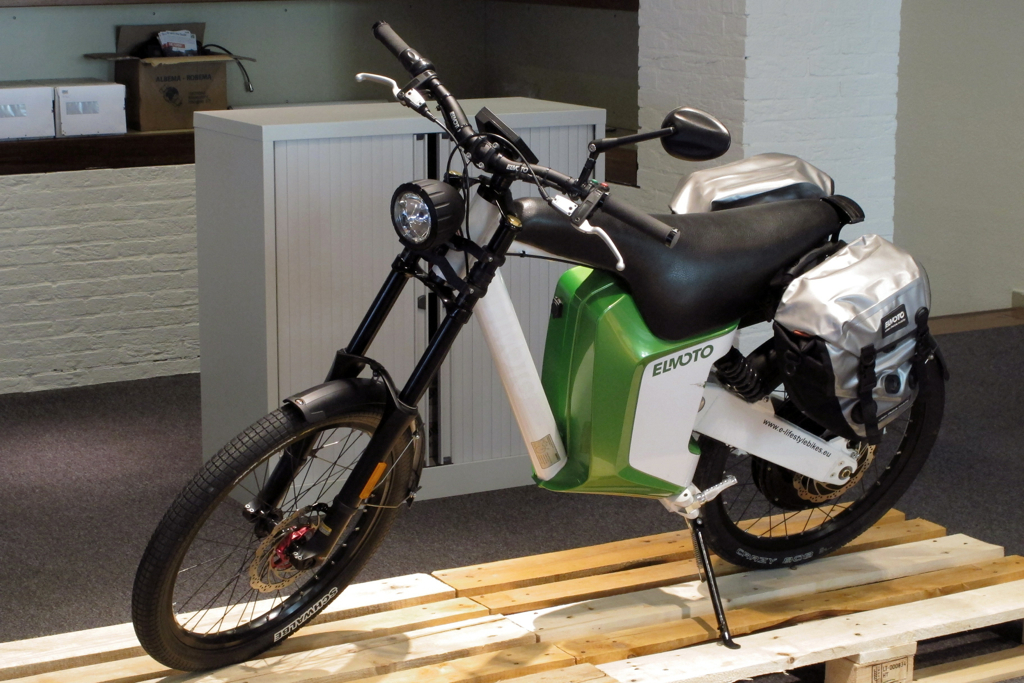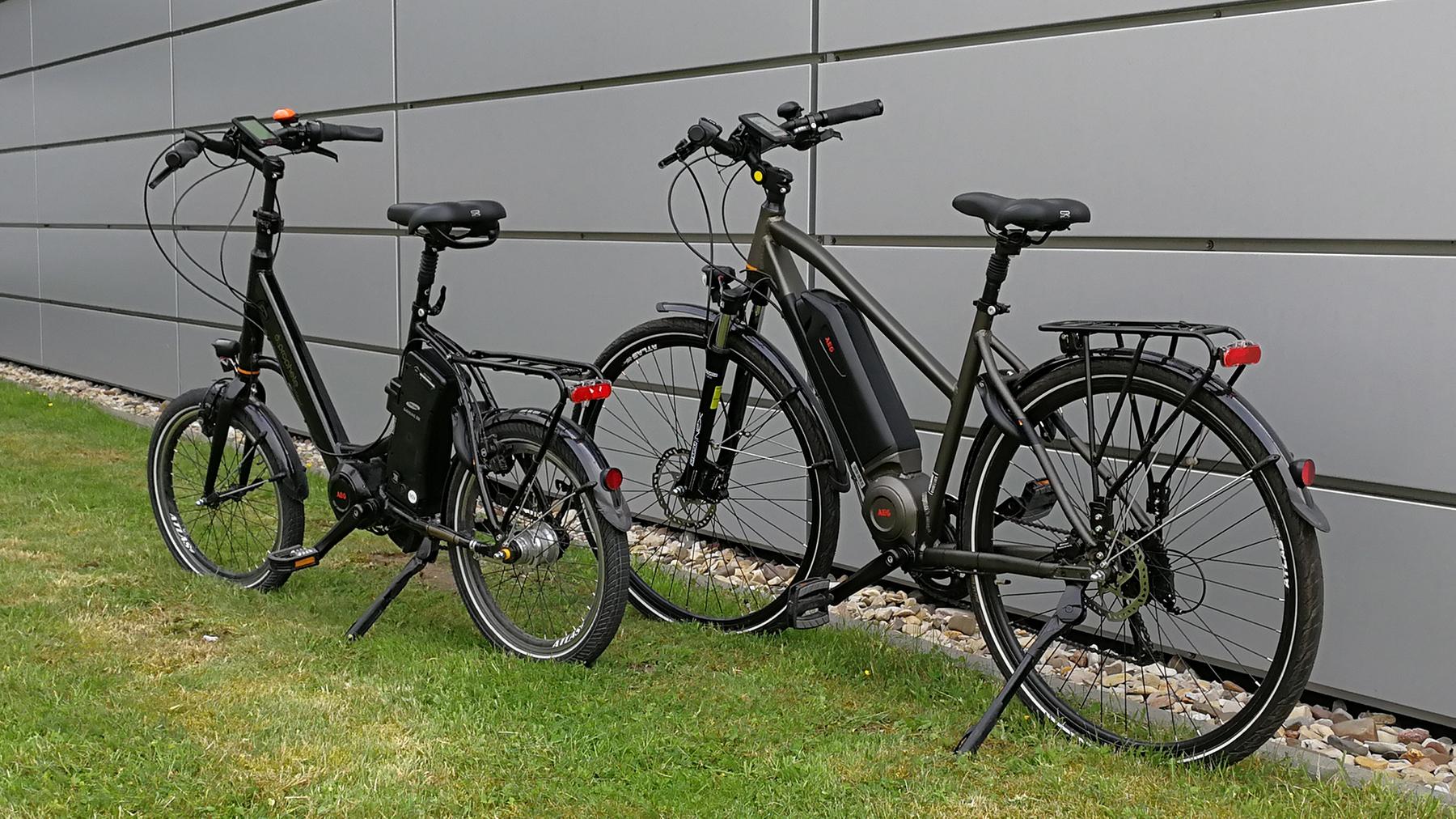Are you curious about how far your e-bike can take you on a single charge? Do you often find yourself wondering if you could push the limits and go just a little bit further? Well, you’re not alone. As e-bikes continue to gain popularity, more and more riders are looking to discover the maximum range of their electric bicycles. explore the various factors that impact an e-bike’s range and share some tips on how to push your own limits. So grab your helmet and get ready to embark on a journey of discovery with your e-bike!

Understanding E-Bike Range: What it means and why it matters
E-bike range is a crucial factor to consider when it comes to maximizing your electric bike’s potential. It refers to how far your e-bike can travel on a single charge. Knowing the maximum range of your e-bike is important so you can plan and adjust accordingly, especially for longer journeys.
The maximum range of an e-bike depends on several factors such as the battery size, pedal assist settings, terrain, speed, rider weight and style of biking. It’s essential to understand these elements that affect the range of an electric bike because ultimately they will impact how long you’re able to ride before needing to recharge.
Having a good grasp of e-bike range lets you assess whether your electrical needs are being met by choosing among various types and models available in the market today. Therefore, understanding this concept is critical if you want to keep pushing yourself in exploring further with an electric bicycle without getting stuck with low power too soon!

How to Calculate Your E-Bike’s Maximum Range: Tips from the Experts
To calculate your E-bike’s maximum range, you need to consider a few factors. First, determine the capacity of your bike’s battery in watt-hours (Wh). Next, take note of the average wattage consumption per mile for your specific bike model. This information can usually be found on the manufacturer’s website or user manual.
Once you have these two figures, divide the battery capacity by the average wattage consumption per mile to estimate your E-bike’s range in miles. For example, if your battery has a capacity of 500Wh and consumes an average of 20 watts per mile, then your estimated maximum range is 25 miles (500Wh ÷ 20w/mile = 25 miles).
It’s important to note that this calculation only provides an estimation and other factors like terrain and riding conditions may affect actual results. It’s always helpful to also monitor the remaining battery life during rides so you can adjust accordingly and avoid running out of power unexpectedly.

Factors That Affect Your E-Bike’s Battery Life: Avoiding Common Pitfalls
Battery life is one of the most important factors to consider when it comes to e-bike range. There are several common pitfalls that can significantly reduce your battery life and limit your range. One of the biggest mistakes is failing to charge your battery properly. Always use the charger that came with your e-bike and avoid overcharging or undercharging the battery.
Another factor that can affect your battery life is the temperature. Extreme heat or cold can cause damage to the battery and reduce its overall lifespan. It’s important to store your e-bike in a cool, dry place and avoid exposing it to extreme temperatures.
The weight of the rider and any cargo can also impact your e-bike’s range. The heavier the load, the more power is required from the battery, which can reduce its overall lifespan. To maximize your range, try to keep your load as light as possible.
Finally, riding style and terrain can also affect your e-bike’s battery life. Riding at high speeds or on steep hills will drain the battery faster than riding on flat terrain at a moderate pace. To extend your range, try to maintain a steady pace and avoid sudden acceleration or braking.

Finding Your Groove on Long Rides: Strategies for Extending Your Ebike Range
Understanding Your E-Bike’s Battery Capacity and Range
When it comes to understanding your e-bike’s battery capacity and range, there are two key phrases you need to remember: Watt-hours (Wh) and Range anxiety. Watt-hours refer to the amount of energy stored in your e-bike’s battery, which can directly affect how far you can ride before needing a recharge. Range anxiety is the fear of running out of power during a ride, but by knowing your e-bike’s watt-hour rating, you can plan ahead and avoid this issue. It’s important to keep in mind that factors like terrain, rider weight, pedal assistance level, and wind resistance can also impact your e-bike’s range.
Practical Ways to Extend Your E-Bike’s Range During Long Rides
To maximize your e-bike range during long rides, conserving energy is key. Start by pedaling more and using the motor less, especially on flat terrain. Use a lower assist level or turn off the motor entirely when going downhill or when you don’t need the extra boost. Optimizing your route can also help extend your range. Plan ahead and choose a route with fewer hills and more opportunities to coast. Finally, keep your battery healthy by avoiding extreme temperatures and charging it regularly. By following these simple strategies, you can enjoy longer rides on your e-bike without worrying about running out of juice.
Tips for Managing Battery Usage on Uphill Terrain
When tackling uphill terrain on your e-bike, efficient battery usage becomes even more crucial. One tip is to use pedal assist wisely. Rather than relying solely on the motor, try to use your own pedaling power as much as possible. This will not only conserve battery life but also give you a better workout. Another strategy is to adjust your speed. Going slower uphill can help reduce the strain on your battery and extend your range. Finally, consider investing in a larger battery if you frequently ride in hilly areas. A higher capacity battery will provide more power and allow you to tackle longer rides with ease.
Strategic Planning: Mapping Out Routes According to Range Limitations
When planning for longer rides on your e-bike, it’s important to map out your route according to the battery life of your bike. This means taking into account the terrain you’ll be riding on, as well as any stops you plan to make along the way. To maximize your e-bike range, consider taking routes with fewer hills and avoiding strong headwinds. Additionally, plan for charging stops at locations with available outlets or charging stations. By strategically planning your route, you can extend your e-bike range and enjoy longer rides without worrying about running out of battery power.

Pushing the Limits of Terrain and Speed: Optimizing Performance for Maximum Ebiking Fun
Tips for Maximizing Your E-Bike’s Range on Different Terrains
To maximize your e-bike range on different terrains, it’s important to adjust your riding strategy accordingly. Uphill climbs and rough terrain can drain your battery faster than flat roads or smooth pavement. To conserve energy, try to maintain a consistent speed and avoid excessive braking or accelerating. Plan routes that take advantage of downhill slopes whenever possible to give the battery a break. Additionally, consider using pedal assist modes instead of relying solely on throttle power for more efficient use of the battery. By optimizing your ebiking performance for each terrain type, you can maximize your e-bike’s range and enjoy longer rides with ease.
How to Monitor Your E-Bike’s Battery Life During a Ride
One of the keys to optimizing your e-bike’s performance is to monitor your battery life during a ride. Knowing your battery level and how much power you have left can help you adjust your speed and terrain choices accordingly. Some e-bikes come with built-in displays that show battery life, while others require an external device or app. Make sure to familiarize yourself with your e-bike’s monitoring system before hitting the road. It’s also a good idea to bring a portable charger or extra battery if you plan on tackling longer or more challenging rides. By keeping an eye on your battery life, you can push the limits of terrain and speed while still enjoying maximum ebiking fun.
Pushing the Limits: Testing Your E-Bike’s Maximum Range
To truly optimize the performance of your e-bike and reach its maximum range, you need to push its limits. This means testing out different types of terrain and experimenting with different speeds to see how far your bike can go before needing a recharge. Hill climbing is a particularly challenging test for an e-bike’s battery life, so try taking on some steep inclines to see how it performs. Additionally, increasing your speed will drain the battery faster, so if you’re looking to cover more ground in less time, be prepared for a shorter range. Overall, pushing the limits will give you valuable insights into what your e-bike is capable of achieving on long rides.
The Pros and Cons of Different Batteries Types for Your E-bike
Different Battery Types for Your E-bike
When it comes to choosing the right battery for your e-bike, there are several options available. The most common types of batteries used in e-bikes include lead-acid, nickel-cadmium (NiCad), nickel-metal-hydride (NiMH), and lithium-ion (Li-ion).
Lead-acid batteries are heavier and cheaper but have a shorter lifespan. NiCad batteries are less popular now due to their low energy density and toxic nature. NiMH batteries offer higher energy density than NiCads but still not as efficient as Li-ion.
Lithium-ion batteries are the most common type used in modern-day e-bikes due to their high power capacity, light-weight design, long lifespan, and fast-charging capabilities. They also don’t suffer from memory effect or lose much charge when unused.
Overall, Li-ion technology is more reliable with better performance compared to other types of accumulators on the market today. While they may be slightly more expensive initially than other battery types, investing in a Li-ion battery will likely pay off over time with longer-lasting use and fewer replacements needed.

Ways to Plan Ahead for Longer Trips on your Electric Bike
Planning ahead is key to enjoying longer trips on your electric bike. Battery life is the most important factor to consider when planning a long ride. Make sure you know your e-bike’s maximum range and plan your route accordingly. Consider bringing a spare battery or researching charging stations along your route. Terrain is another important factor to consider. Hilly terrain will drain your battery faster than flat terrain, so plan accordingly. Don’t forget to pack essentials like water, snacks, and a repair kit in case of any issues on the road. Finally, be realistic about your abilities and fitness level. If you’re not used to riding long distances, start with shorter trips and work your way up to longer rides. With proper planning and preparation, you can enjoy the freedom and fun of longer trips on your electric bike.
Overcoming Range Anxiety in City Riding With an Electric Bike
Range anxiety is a common concern for many e-bike riders, especially when navigating city streets. One way to overcome this is to plan your route ahead of time and identify charging stations along the way. Electric bike manufacturers often provide apps or websites that can help you locate charging stations in your area. Additionally, consider investing in a portable charger that you can bring with you on longer rides. Another strategy is to adjust your riding style to conserve battery life, such as using pedal assist instead of full throttle or avoiding steep hills. With some planning and smart riding techniques, you can enjoy the freedom and convenience of an e-bike without worrying about running out of power mid-ride.
understanding your e-bike’s range is crucial for maximizing your riding experience. By calculating your maximum range and taking into account factors that affect battery life, you can avoid common pitfalls and plan ahead for longer trips. Finding your groove on long rides and optimizing performance for maximum fun can also help you push the limits of terrain and speed. Additionally, considering the pros and cons of different battery types can help you make an informed decision when choosing an e-bike. Finally, by overcoming range anxiety in city riding with an electric bike, you can enjoy all the benefits of this eco-friendly mode of transportation without worrying about running out of power. So get out there and push your limits on your e-bike!
FAQs
Q: Who makes the best e-bike for long range rides?
A: That depends on your budget and specific needs. Some top brands for long-range e-bikes include Trek, Specialized, and Giant.
Q: What factors affect e-bike range?
A: E-bike range can be affected by factors such as terrain, rider weight, wind resistance, battery size, and assist level.
Q: How can I extend the range of my e-bike?
A: You can extend the range of your e-bike by using a lower assist level, pedaling more, reducing wind resistance, and choosing a bike with a larger battery.
Q: Who is an e-bike with a short range suitable for?
A: An e-bike with a short range may be suitable for someone who only needs it for short commutes or leisurely rides, or for those on a tight budget.
Q: What is the average range of an e-bike?
A: The average range of an e-bike is around 20-50 miles on a single charge, but this can vary greatly depending on the factors mentioned earlier.
Q: What if my e-bike doesn’t have enough range for my needs?
A: If your e-bike doesn’t have
